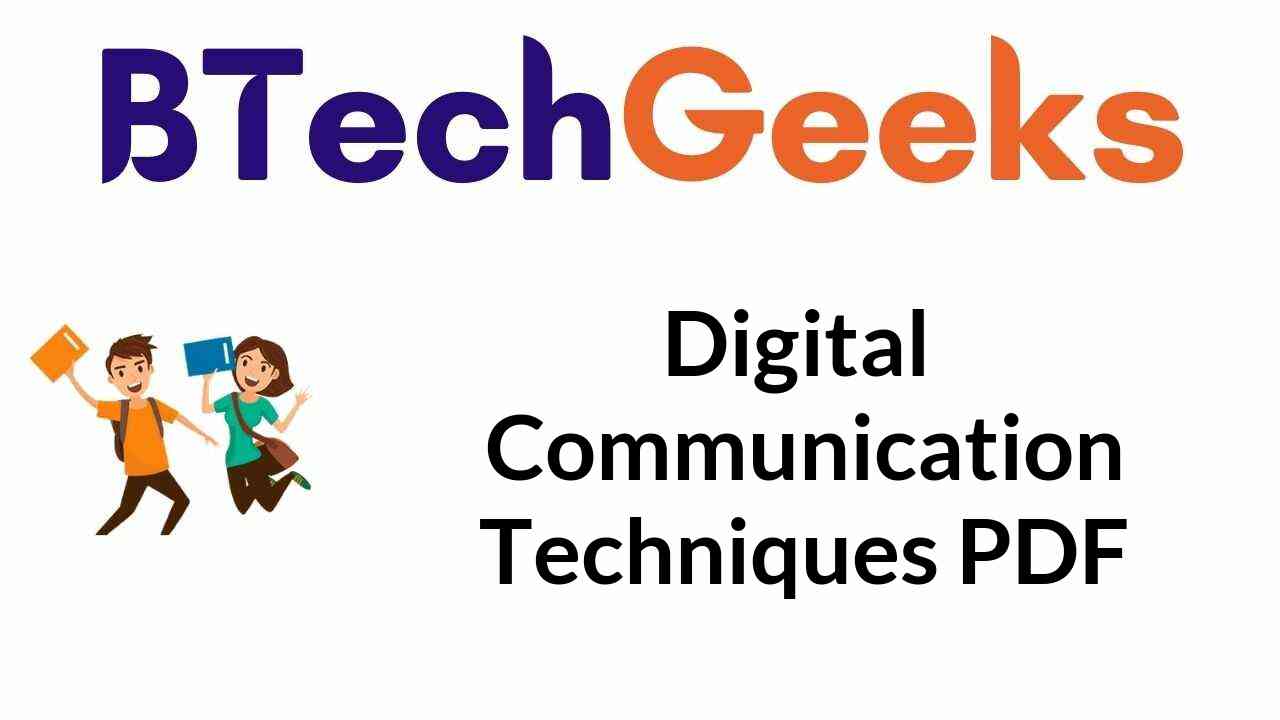

If you have any questions about this process please send an email to: HERE’S HOW IT WORKS 1. In an effort to provide quality customer service please let us know if your email you register with changes so we can update our records. Go to the link provided at the bottom of this page and fill out the form to be included in the EASA Revision/Update Subscription Program. If a revision occurs within two (2) years from date of registration, we will send you the revised pages FREE of cost to the registered email.

The update is good for two (2) years from time of registration of any EASA Module or EASA bundled kits. NO COST REVISION/UPDATE PROGRAM Aircraft Technical Book Company is offering a revision/update program to our customers who purchase an EASA Module from the EASA Aviation Maintenance Technician Certification Series. Restrictions, airworthiness requirements and effects of unapproved changes to software programs.EASA Part-66 Aviation Maintenance Technician Certification Series NO COST REVISION/UPDATE SUBSCRIPTION PROGRAMĬomplete EASA Part-66 Aviation Maintenance Technician Certification Series Handling of sensitive components Awareness of risks and personnel anti-static protection devices Operation of common types used in modern aircraft including cathode ray tubes (CRT), light emitting diodes (LED), and liquid crystal displays (LCD). Identification of common logic gate symbols, tables, and equivalent circuits as used in aircraft systems schematic diagrams.Ĭomputer terminology and various memory devices such as RAM, ROM, PROM Computer technology as used in aircraft systems.Ĭhapters 5.7 (microprocessors), 5.8 (integrated circuits), and 5.9 (multiplexing) are reserved for the advanced B2 version of this book for avionics technicians.Īdvantages and disadvantages Fiber optic data bus terminations couplers, control terminals, remote terminals application in aircraft systems. Operation of data buses in aircraft systems including knowledge of ARINC and other specifications. Typical systems arrangement and cockpit layout of electronic instrument systems.īinary, octal, and hexadecimal numbering systems and conversions.Īnalogue and digital data Operation and application of analogue/digital converters, inputs and outputs and various limitations.


 0 kommentar(er)
0 kommentar(er)
